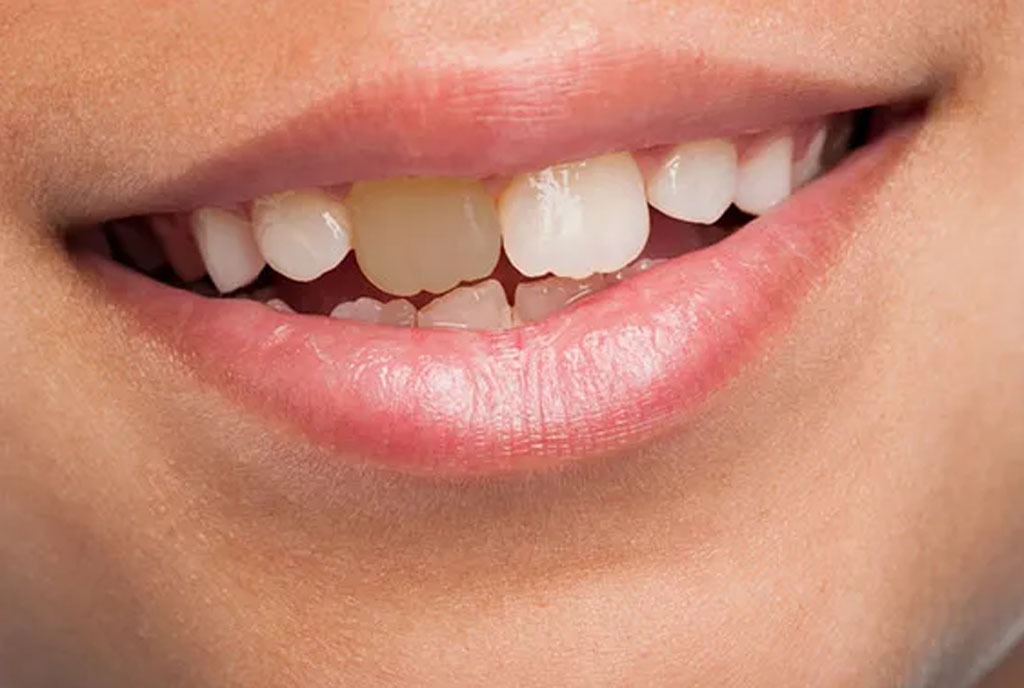Common tooth-brushing mistakes to avoid

Regular brushing is highly recommended. PHOTO/COURTESY
What you need to know:
- There are several mistakes people make when brushing, and these affect how effective brushing can be.
- To get the most out of your brushing habits, make sure that you avoid making them.
World Oral Health Day is observed annually on March 20. The day is meant to raise global awareness on oral health issues and the importance of oral hygiene. About 90 percent of the world’s population suffers from oral health diseases, many of which are avoidable.
For example, many people brush their teeth everyday yet many still grapple with tooth decay, gum disease, bad breath, gum recession, tooth sensitivity, weakened tooth enamel and many other oral health challenges.
What are we not doing right? It could be about the amount of time, amount of toothpaste, how you are doing it and when. These are the brushing mistakes that affect your mouth.
The right way
If you are not brushing the right way, you are likely to have oral health problems according to Dr Mustafa Katende, a dentist at Case Hospital in Kampala.
Dr Katende says to brush correctly, place your toothbrush on your teeth, and then tilt it up a bit so it is at an angle of 45 degrees to your gums. Then move the brush head from tooth to tooth, using a small circular motion.
This goes for the outer surfaces of your teeth, the inner surfaces and the tops or chewing surfaces as well. For better access, try using your left hand to brush the right side of your mouth and your right hand to brush the left side.
Not too hard
While buying a toothbrush, remember to get one that has soft bristles. Dr Katende says the most effective way to clean your teeth is by repetition, not force. Too much pressure wears down your enamel and causes recession, or shrinkage in the tissue that connects your gums to your mouth.
Not enough time
You could be getting tooth decay and other oral health problems because you are not allocating enough time to brushing. Dr Katende recommends that you brush for a minimum of two minutes each time you do, which gives you ample time to remove any food particles that may be stuck in your teeth.
He advises people with devices such as braces, implants and bridges to even give their teeth extra time while brushing to gently remove the particles that may be stuck in the devices.
Not once a day
If possible, it is recommended that one brushes their teeth after every meal. This is because one’s teeth are like a plate that will not get cleaned by simply rinsing it after eating. The ideal, however, is brushing at least twice a day.
Dr Katende says, “Teeth surfaces attract food and only a toothbrush and toothpaste will reach the nooks and crannies for a deep cleaning. Since many of us are so busy during the day, always remember to brush your teeth before you go to bed.”
Not only the front teeth
It is tempting to brush the front of your teeth because it is more visible and more accessible than other parts but the tops and backs of your teeth (the part that faces inside your mouth) are vulnerable to about 700 species of bacteria that live in your mouth. Remember, therefore, to brush all parts of your teeth each time you brush.
Do not forget to floss
You may have perfectly brushed your teeth but if you forget to floss, you miss to clean almost half of the teeth surfaces. These often contain a lot of plaque and a build-up can cause cavities and gum disease.
Plaque is a sticky film full of bacteria that feeds on the leftover food in your mouth. It gives off an acid that eats away at your teeth and can harden into tartar that only a dentist can scrape away.
Other precautions
It is recommended that you brush your teeth 30 minutes after eating since for the first 30 minutes after you eat, your mouth becomes slightly acidic and your tooth enamel weakens.
“You increase the risk of wearing down your enamel too fast if you brush immediately after eating. With the less enamel, it is easier for bacteria to settle in and cause more cavities and infection. If you are in a hurry, rinse with water or use mouthwash to neutralise the acid,” he says.
In the adverts, toothpaste always covers the bristles of the brush, from beginning to end. However, adults only need a pea-sized amount, or half the length of a standard toothbrush.
Dr Katende says, “Children need just half of that and toddlers must brush under the supervision of adults so that they do not swallow the foam. Too much of the fluoride mineral in the toothpaste can change the shape and structure of your teeth to weaken them.”
Storing your toothbrush
Ensure that you are not storing your toothbrush the wrong way. Bacteria love to grow in moist environments. After brushing, clean and rinse your brush from any toothpaste and food debris. Keep it upright in a place where it can air dry. If you store it near other toothbrushes, make sure they do not touch.
The lifespan of a toothbrush is about three to four months. After that, the bristles become frayed and do not clean your teeth very well. Consider changing your toothbrush after this time because you might have kept it for a long time.




